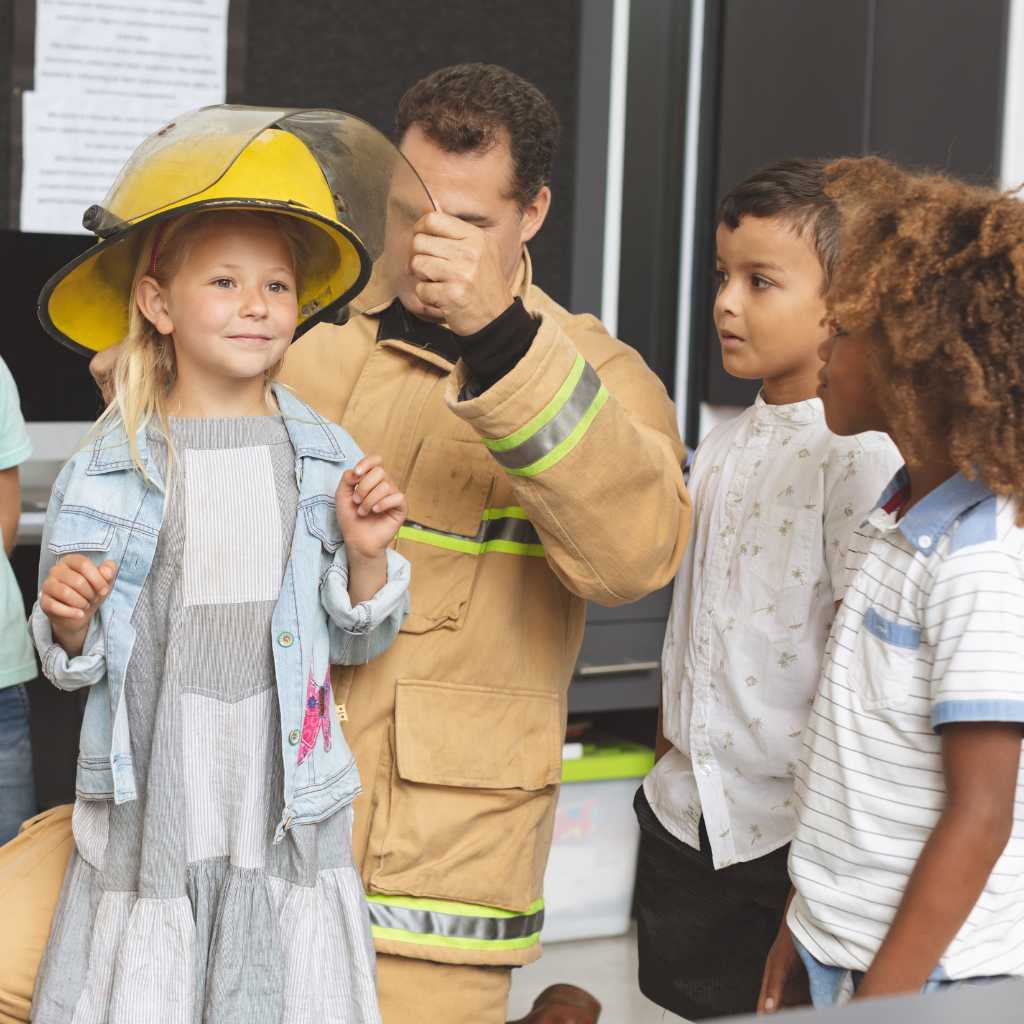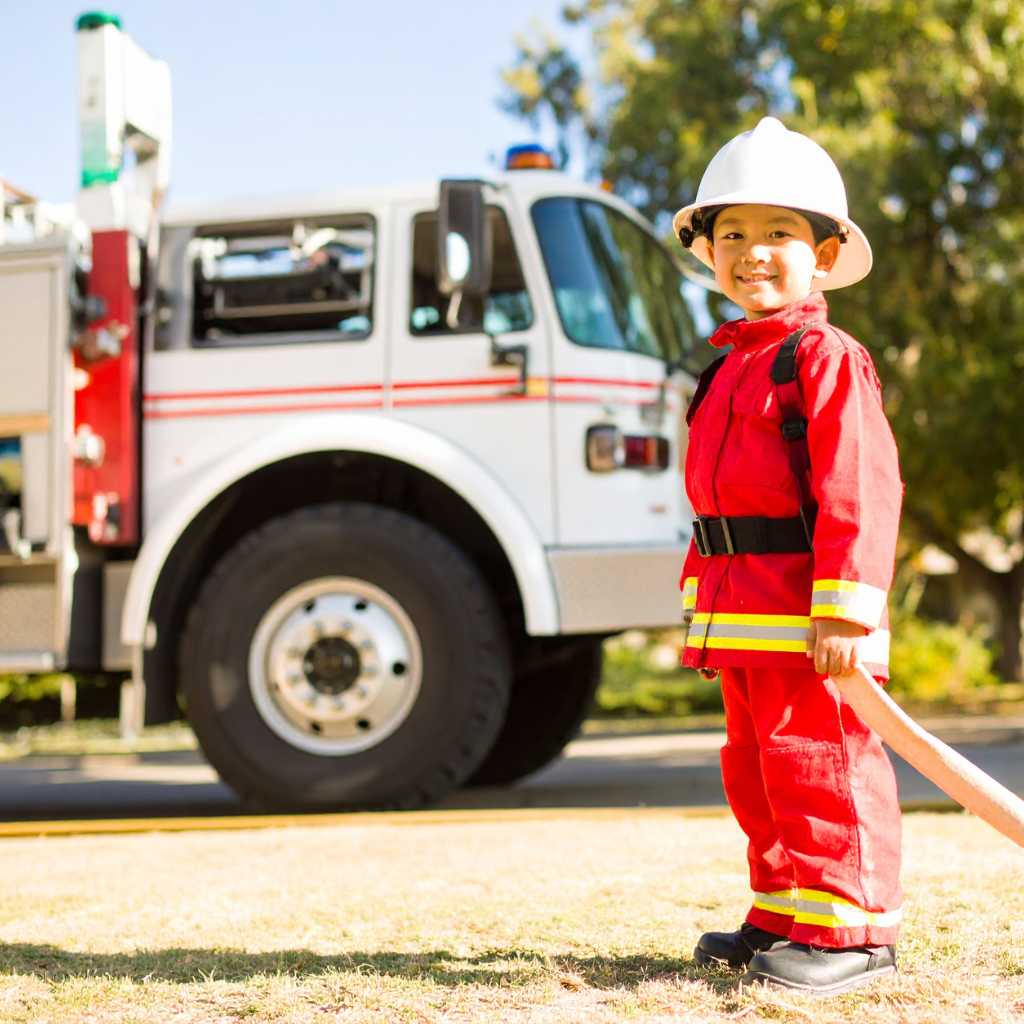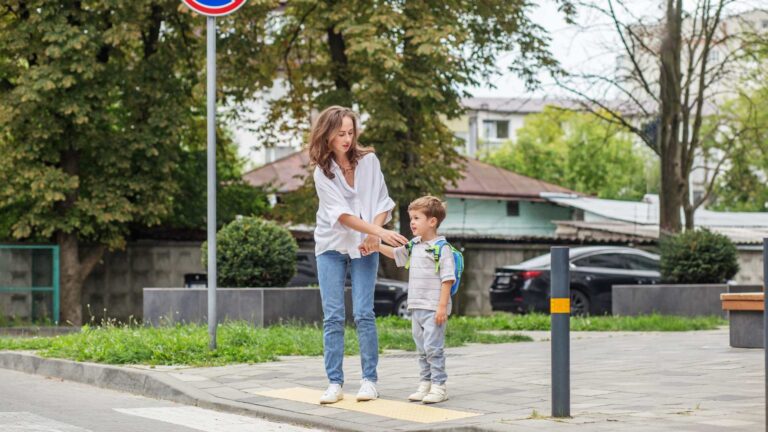Table of Contents
What safety tips for ASD are essential?
When raising a child with autism, safety often feels like a never-ending concern. Children on the spectrum may face unique risks due to differences in communication, sensory processing, or behavior. Many parents ask: “What safety tips for autism are essential?” The answer depends on the child’s age, abilities, and environment, but there are universal steps caregivers can take to create a safer world. These strategies can help reduce stress and prevent accidents!
In this guide by ABA Centers of Florida, we’ll explore evidence-based tips for ASD that address home safety, water safety, elopement prevention, car safety, poison control, and more. These insights can help you create an autism-friendly safety plan that protects your child while giving you greater peace of mind.
Why Safety Planning Matters in Autism
Research confirms that children with autism spectrum disorder (ASD) face unique safety challenges. A comparative study shows they have a higher risk of injury and ER visits than typically developing peers, often due to co-occurring conditions such as ADHD, seizures, or intellectual disabilities. Wandering, also called elopement, is reported in nearly half of children with ASD after the age of four, with drowning being the leading cause of accidental death.
These statistics highlight why intentional, proactive safety for autism planning is critical. While we cannot remove every risk, we can reduce hazards and teach children lifesaving skills.
General Safety Rules Every Caregiver Should Know
At the foundation of safety for autism are a few universal rules:
- Supervision: Even older children who appear independent may need extra monitoring in public or high-risk settings.
- Create Predictable Routines: Sudden changes can cause anxiety and increase unsafe behaviors. Clear schedules help children feel secure.
- Use Visual Supports: Safety rules explained with pictures or social stories are often more effective than verbal instructions alone. Books like “Danger Is…?” can help explain safety for autism to your kids.
- Prepare the Community: Let teachers, neighbors, and first responders know about your child’s needs so they can respond appropriately in emergencies.

These general tips for ASD apply across many situations and build a foundation for more specific safety strategies.
6 Safety Tips for ASD
Autism-Friendly House Safety
The home is where many accidents occur, so building an autism-friendly house safety plan is crucial. Consider these steps:
- Secure Hazards: Lock away cleaning supplies, medications, batteries, and sharp objects. Because, as stated by the Autism Research Institute, many children with ASD also experience pica (the urge to eat non-food items), extra vigilance is required.
- Use Childproof Locks Creatively: Install locks high on doors or use deadbolts that require keys on both sides to prevent elopement.
- Minimize Sensory Overload: Bright lights, loud alarms, or clutter may increase stress and unsafe behaviors. Try to ensure calm, predictable environments.
- Label and Organize: Clear labeling with words or pictures helps children understand safe versus unsafe areas.
Check out more about autism-friendly house safety in this guide!
Water Safety: A Lifesaving Priority
Drowning is the number one cause of accidental death among children with autism. Many children who wander are drawn to water, making swimming pools, lakes, and even bathtubs high-risk areas.
Tips for ASD water safety include:
- Enroll in Adapted Swim Lessons: Frontiers studies show that specialized programs significantly improve comfort and safety skills in just a few weeks. A one-on-one “swim buddy” approach often works best.
- Practice Real-life Scenarios: Some programs teach children to swim with clothes on to mimic accidental falls into water.
- Install Barriers: Four-sided fencing around pools and locked gates can save lives.
- Never Rely on Skills Alone: Even after swim training, constant adult supervision remains essential.
Learn more tips for ASD in our guide on water safety for autism!
Elopement: Preventing Wandering
Nearly 49% of children with ASD attempt to elope, often running into traffic or toward water. For families, this can be terrifying.
Layered prevention strategies work best:
- Physical Barriers: Use alarms on windows and doors, install secure fencing, and place locks out of reach.
- Identification Tools: Medical ID bracelets or temporary tattoos with contact information can help first responders.
- Technology: Electronic tracking devices (ETDs), like GPS-enabled wearables, reduce search time and improve family quality of life.
- Behavioral Training: ABA therapy can teach “stop” commands, responses to name, and safe routines that reduce wandering behavior.
Fire Safety and Emergency Preparedness
Children with autism may struggle to respond quickly during emergencies like fires or natural disasters. Loud sirens, flashing lights, or sudden changes can trigger meltdowns.
Key fire safety strategies include:
- Practice Regularly: Repeated fire drills under different conditions help children generalize safe escape skills.
- Create Visual Plans: Maps or picture-based step-by-step guides can make evacuation more straightforward.
- Prepare First Responders: Share information about your child’s needs and triggers with local fire and police departments.
- Get Emergency Kits: These kits should include calming items, communication supports, and necessary medications.

Car Safety
Car safety can be complicated when children unbuckle themselves or resist restraints.
Practical solutions include:
- Choose the Right Seat: Some children may need to return to a five-point harness instead of using a booster.
- Adaptive Restraints: Specialized car seats or vests, often covered by insurance with medical documentation, help when traditional systems fail.
- Prepare for Independence: For teens, driving programs with simulators have been shown to improve safety and reduce errors.
ABA Centers of Florida has a guide on “Navigating Sensory Needs and Car Safety” that we highly encourage you to explore!
Poison Control and Pica Risks
Because pica is common in autism, ingestion of non-food items is a serious risk. Up to 23% of children with ASD may engage in pica.
Steps to protect your child:
- Lock and Secure: Use advanced locking systems for all medications, chemicals, and choking hazards.
- Remove Temptations: Clear away magnets, batteries, and small objects that your child could swallow.
- Know Who to Call: Keep the Poison Control number visible and saved in your phone for emergencies.
The Role of ABA Therapy in Safety for Autism
Applied Behavior Analysis (ABA) is more than just therapy for learning; it’s also a tool for safety. ABA therapists can teach essential life skills such as:
- Responding to safety commands like “stop”
- Recognizing danger zones (streets, stoves, or pools)
- Practicing safe routines like crossing the street or evacuating during a fire
ABA enables children to learn safety skills and practices in everyday situations by dividing abilities into smaller, achievable tasks and incorporating positive reinforcement. The goal of ABA therapy is to empower children with autism to become more independent and reduce caregiver stress.
Enhancing Safety for Autism with ABA Centers of Florida
Every child with autism deserves a safe environment where they can thrive. By implementing layered strategies, such as securing your home, teaching water safety, preventing elopement, planning for emergencies, and using adaptive tools, you can drastically reduce risks.
The answer to “What safety tips for autism are essential?” is clear: proactive planning, education, and ongoing support make the difference.
If you’re seeking professional guidance, ABA Centers of Florida can help. Call us at (772) 773-1975 or fill out our online form for a free consultation. Our services include diagnostic testing, early intervention, and ABA therapy tailored to your child’s unique needs. Together, we can build an autism-friendly house safety plan and a foundation for lifelong well-being.








